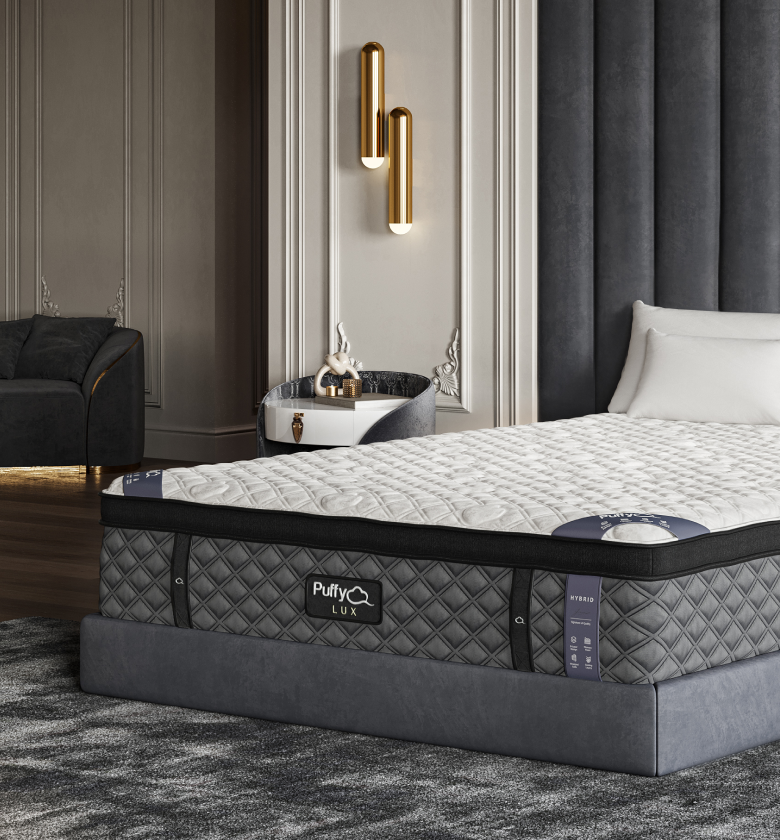Vacuum sealing a mattress can be an excellent solution for reducing its size for moving or storage. While the process may seem daunting, it’s quite feasible with the right tools and techniques. This comprehensive guide will cover how to vacuum seal various types of mattresses, including specific considerations for different mattress materials.
Can You Vacuum Seal a Mattress?
Vacuum sealing is a viable option for most mattresses, but there are some considerations to keep in mind.
General Feasibility:
- Material and Construction: The mattress’s material and construction determine how well it can be compressed and return to its original shape.
- Size and Thickness: Larger or thicker mattresses might require more effort to vacuum seal effectively.
Can You Vacuum Seal a Spring Mattress?
Spring mattresses can be vacuum sealed, but there are special considerations due to their internal structure.
Spring Mattress Considerations:
- Risk of Damage: Compressing a spring mattress too much can damage the springs.
- Return to Original Shape: Ensure the mattress can fully decompress and regain its shape after unsealing.
Can You Vacuum Seal a Memory Foam Mattress?
Memory foam mattresses are generally suitable for vacuum sealing due to their flexible material.
Memory Foam Mattress Tips:
- Even Compression: Apply uniform pressure to avoid damaging the foam.
- Recovery Time: Allow sufficient time for the mattress to fully expand after unsealing.
Interested in how Puffy stacks up against other brands? Check out our mattress comparisons: Puffy vs Purple, Puffy vs Nectar, Puffy vs Casper, Puffy vs Leesa, Puffy vs Saatva, Puffy vs DreamCloud, and Puffy vs Tuft and Needle.
Can You Vacuum Seal a Hybrid Mattress?
Hybrid mattresses combine springs with foam and require careful consideration when vacuum sealing.
Hybrid Mattress Precautions:
- Combination of Materials: The presence of springs and foam means careful attention must be paid to avoid damage.
- Sealing Process: Follow a similar procedure as with spring mattresses, being cautious not to over-compress.
Check out Puffy mattress reviews from real customers and see how we compare with other brands.
How to Vacuum Seal Mattress
Vacuum sealing a mattress is a practical approach to reduce its size for storage or transportation. Following the correct procedure is crucial for protecting the mattress during this process.
Vacuum Sealing Procedure:
-
Choose an Appropriate Bag: Select a vacuum-seal bag that comfortably fits your mattress. These are often labeled as ‘mattress bags’ and come in various sizes to accommodate different mattress dimensions.
-
Place the Mattress in the Bag: Slide the mattress into the vacuum bag. It’s important to ensure the mattress lies flat within the bag to avoid uneven compression.
-
Attach Vacuum Hose: Connect the hose of a standard vacuum cleaner to the valve on the vacuum bag. Make sure the connection is secure to prevent air leakage.
-
Remove Air: Turn on the vacuum. As the air is removed, the mattress will start to compress. Monitor the process to ensure even compression, adjusting the mattress position if needed.
-
Seal the Bag: Once the mattress is fully compressed, quickly disconnect the vacuum hose and seal the valve tightly. This helps maintain the compression and prevents air from re-entering the bag.
-
Secure the Packaged Mattress: After sealing, you can wrap the mattress in additional plastic or a protective layer for extra security during transport or storage.
-
Label the Bag: If storing for an extended period, label the bag with the date to keep track of how long the mattress has been compressed.
Post-Vacuum Sealing Tips:
- Storage Location: Store the vacuum-sealed mattress in a dry, cool place to prevent any potential moisture damage or mold growth.
- Avoid Sharp Objects: Make sure the storage area is free from sharp objects that could puncture the bag and cause air to seep in.
How Long Does It Take to Vacuum Seal a Mattress
The time it takes to vacuum seal a mattress depends on several factors.
Time Frame for Vacuum Sealing:
- Mattress Size: Larger mattresses will take more time to fully compress.
- Vacuum Power: The strength of your vacuum cleaner also affects the duration.
- Material: Memory foam may take longer to compress fully compared to spring or hybrid mattresses.
Use our store locator to find the closest furniture or mattress store near you and feel the cloudlike comfort of our Puffy Mattress in person.
Conclusion
Vacuum sealing a mattress can be an efficient way to store or transport it, preserving its quality and making handling easier. Whether you have a spring, memory foam, or hybrid mattress, following the correct vacuum sealing procedure is crucial to avoid damage. Vacuum sealing can ensure the mattress remains in excellent condition during periods of inactivity.

- Award-Winning Comfort
- Lifetime Warranty
- 101-Night Sleep Trial
- Free Shipping in 1 - 2 Days
- Assembled in USA












